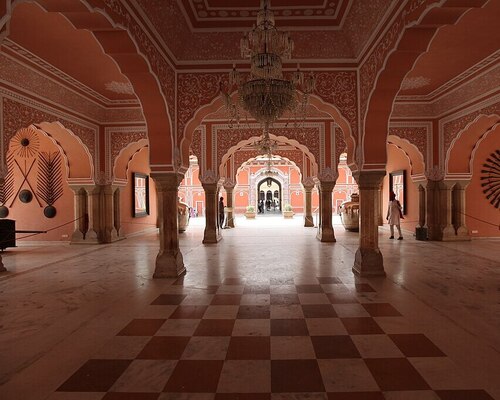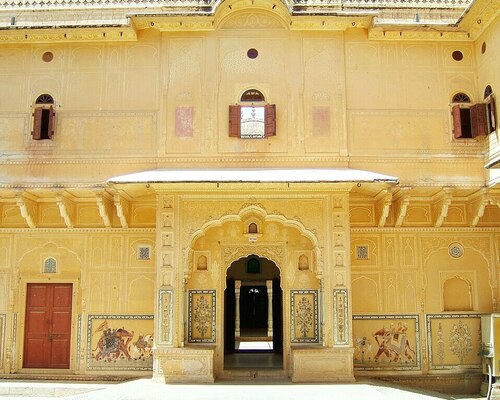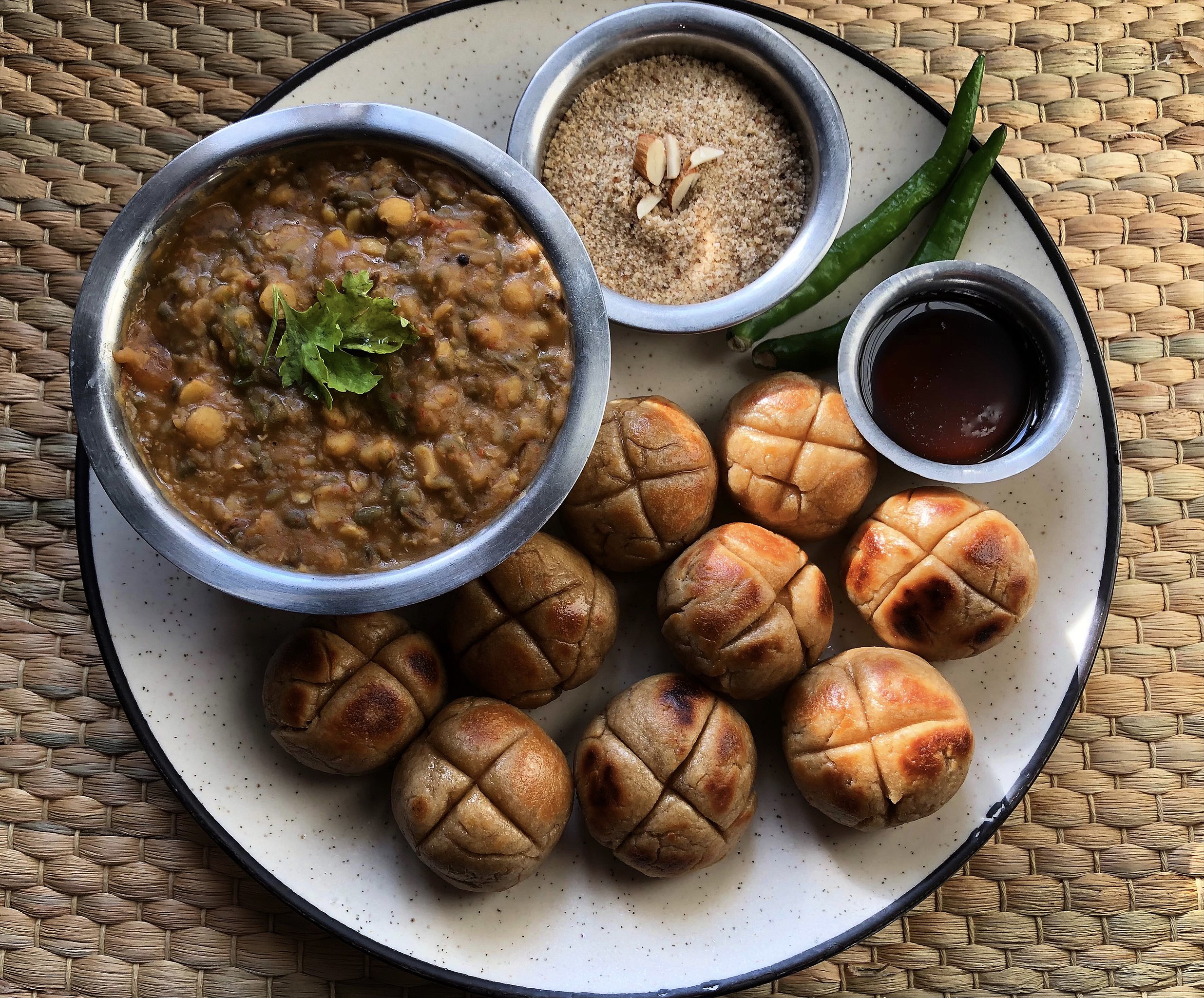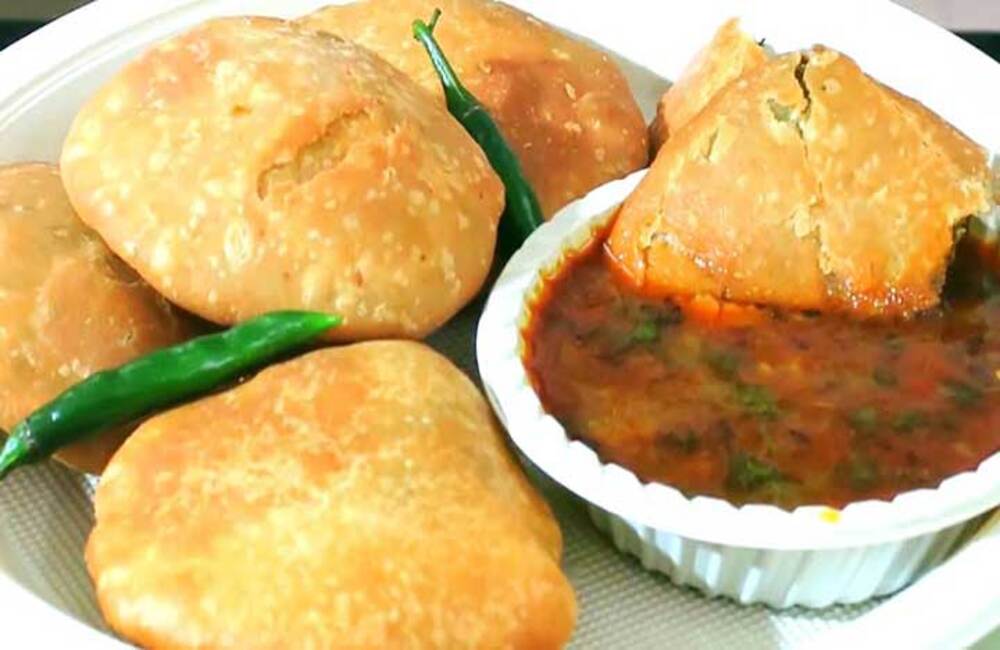Jaipur
A complete tourist and cultural guide

Jaipur, also known as the Pink City, is a royal destination that showcases the grandeur of Rajasthan’s rich history and culture. Renowned for its majestic forts, ornate palaces, and vibrant markets, Jaipur blends architectural brilliance with colorful traditions, offering an unforgettable experience for every traveler.
Wiki Link: Jaipur wiki page
Must-Visit Attractions in Jaipur

Amber Fort
A majestic hilltop fortress located just outside Jaipur, It is a stunning blend of Rajput and Mughal architecture. Built with red sandstone and marble.

City Palace
Located in the heart of Jaipur, the City Palace is a sprawling complex of courtyards, gardens, and buildings that reflect a fusion of Rajasthani and Mughal design.

Hawa Mahal
Also known as the Palace of Winds, Hawa Mahal is Jaipur’s most iconic structure, famous for its pink sandstone façade with 953 small windows (jharokhas).

Jantar Mantar
Jantar Mantar is recognized by UNESCO World Heritage Site in 18th-century as astronomical observatory built by Maharaja Sawai Jai Singh II.
Major Attractions Nearby Jaipur

Abhaneri
Located about 95 km from Jaipur, Abhaneri is home to the incredible Chand Baori, one of the deepest and most architecturally stunning stepwells.

Pushkar
Holy town famous for Brahma Temple and sacred Pushkar Lake. Host the world-renowned Pushkar Camel Fair. The town’s aura and colorful bazaars make it unique.

Sambhar Salt Lake
Around 80 km from Jaipur lies Sambhar Lake, India’s largest inland saltwater lake. It’s a destination with white landscapes, salt pans, and migrating flamingos.

Tonk
Just 95 km from Jaipur, Tonk is a lesser-known gem that boasts rich Mughal architecture, Persian inscriptions, and cultural depth.
Things to do in Jaipur
From exploring grand forts and palaces to enjoying traditional Rajasthani cuisine and shopping in colorful bazaars, Jaipur offers countless cultural experiences. Whether you’re watching a folk dance, taking an elephant ride at Amer Fort, or admiring local crafts, there’s something for everyone in the Pink City.

Stroll Through the City Palace
A beautiful blend of Mughal and Rajput architecture, City Palace stands at the heart of Jaipur. With museums, courtyards, and royal residence.

Shop at Johari Bazaar
Known for its traditional jewelry, Johari Bazaar is a shopper’s paradise in Jaipur. From handmade bangles and gemstones to vibrant textiles with color and craftsmanship

Watch a Movie at Raj Mandir Cinema
A visit to Jaipur is incomplete without watching a film at Raj Mandir, one of India’s most famous cinemas. Known for its opulent decor and royal ambiance

Climb to the Top of Nahargarh Fort
Nahargarh Fort is known for its panoramic views. A popular spot for sunset watchers and photographers, the fort also houses a restaurant and historical museum.
The Performing Art of Jaipur
Jaipur boasts a vibrant performing arts scene deeply rooted in Rajasthani traditions and royal heritage. Classical dance forms like Kathak flourish alongside folk performances such as Ghoomar and Kalbeliya, known for their graceful movements and expressive storytelling. The city is also famous for puppet shows and traditional theatre like Bhavai, which narrate age-old tales through music and drama. Musical traditions like Maand and Sarangi performances echo through cultural festivals and palace gatherings.
Music Forms
Folk Music
Puppetry
Ravanahatha
Musical heritage includes soulful folk music played with instruments like the dholak and sarangi. Kathputli (puppetry) combines storytelling and music using wooden puppets. The Ravanahatha, a rare bowed instrument, adds a haunting melody to the city’s traditional soundscape.
Dance Forms
Ghoomar
Kalbeliya
Bhavai
Showcases vibrant folk dances like Ghoomar, known for its elegant spins by women in traditional attire. Kalbeliya features fast, fluid moves inspired by serpents, while Bhavai impresses with dancers balancing multiple pots. These performances capture the city’s rich cultural spirit.

City Vibes - Timeless Royal Charm
Jaipur, the Pink City, blends royal history with vibrant culture. Its majestic forts and palaces, like Amber Fort and Nahargarh Fort, showcase Rajasthan’s grandeur. Temples like Birla Mandir add a spiritual touch, making Jaipur a city where tradition and modernity coexist beautifully.
Heritage of Jaipur
A treasure trove of heritage that reflects the grandeur of Rajput architecture and culture. Known as the Pink City, Jaipur boasts magnificent forts like Amber Fort and Nahargarh Fort, opulent palaces like City Palace, and intricate structures like Hawa Mahal. Its old city is a UNESCO World Heritage Site, showcasing planned urban design, traditional craftsmanship, and enduring royal legacy.

Cuisine of Jaipur
Rich variety of traditional Rajasthani dishes, bursting with flavors and steeped in the region’s culinary heritage.

Dal Baati Churma
Dal Baati Churma consists of baked wheat balls served with a spicy lentil curry and sweetened crushed wheat.

Ghevar
A popular sweet, Ghevar is a disc-shaped dessert made from flour, soaked in sugar syrup, and garnished with silver leaves and dry fruits.

Laal Maas
Laal Maas is a spicy mutton curry, cooked with red chilies and aromatic spices, representing the bold and fiery flavors of Rajasthan.

Kachori
Kachori in Jaipur comes in various varieties, with the most famous being the spicy, deep-fried kachoris stuffed with lentils or peas.
Shopping in Jaipur
Jaipur offers a vibrant shopping experience, with a mix of traditional Rajasthani handicrafts, textiles, and jewelry that reflect the city’s rich heritage.

Jaipuri Quilts
Jaipuri quilts are known for their lightweight, warmth, and intricate hand-block prints. These colorful quilts make for perfect souvenirs and gifts.
Blue Pottery
A unique style of ceramics with vibrant blue hues. These handmade items include plates, vases, and tiles, showcasing fine craftsmanship.

Rajasthani Jewelry
Traditional Rajasthani jewelry, especially Kundan and Meenakari work. From necklaces to bangles, the jewelry reflects the rich cultural artistry of the region.

Bandhani Sarees
Bandhani sarees, a famous tie-dye technique, are a must-buy in Jaipur. The vibrant colors and traditional designs make these sarees a prized possession.
Tourist's Handbook
The best time to visit Jaipur is during the winter months, from October to March, when the weather is cool and pleasant. This period is perfect for exploring the city's historic forts, palaces, and vibrant markets. The pleasant temperatures make outdoor activities and sightseeing enjoyable. Avoid the scorching summer heat from April to June and the monsoon season, as they can hinder travel plans.
- Stay Hydrated – The heat can be intense, especially in summer, so always carry a water bottle to stay hydrated.
- Beware of Scams – Be cautious of touts or unlicensed guides offering overpriced services. Always book through reliable sources.
- Dress Modestly – Jaipur is culturally rich, so dressing modestly is appreciated, particularly when visiting temples or religious sites.
- Use Trusted Transportation – Opt for registered taxis or reliable ride-sharing services instead of accepting rides from strangers.
- Keep Valuables Safe – Avoid displaying expensive jewelry or electronics in crowded places to reduce the risk of theft.
Auto-rickshaws and cycle-rickshaws are commonly available for short distances and provide a quick way to navigate the busy streets. For longer trips, taxis or app-based services like Ola and Uber are convenient options. Jaipur is also well-connected by buses, but for a more personalized experience, you can explore the Pink City on foot, especially its historical landmarks and vibrant markets.
Overpriced Rickshaw Rides: Always agree on a fare before getting in a rickshaw. Avoid accepting rides from non-metered rickshaws.
Unauthorized Guides: Beware of street vendors or random individuals offering unsolicited tour guides at inflated prices.
Street Vendors: Be cautious when shopping from street vendors; they may charge you much higher than usual. Always negotiate.
Fake Handicrafts: Authentic handicrafts are sold at specific government-approved stores. Be careful when buying from unverified shops.
Unwanted Attention: Avoid engaging with overly friendly strangers who offer unsolicited services or tours.
Varanasi Blogs
- Uttar Pradesh Cultural guide
- Places to visit in Varanasi
- Places to visit nearby Varanasi
- India’s most popular destination
- India’s archaeological marvels
Recommended articles
- Uttar Pradesh Cultural guide
- Places to visit in Varanasi
- Places to visit nearby Varanasi
- India’s most popular destination

